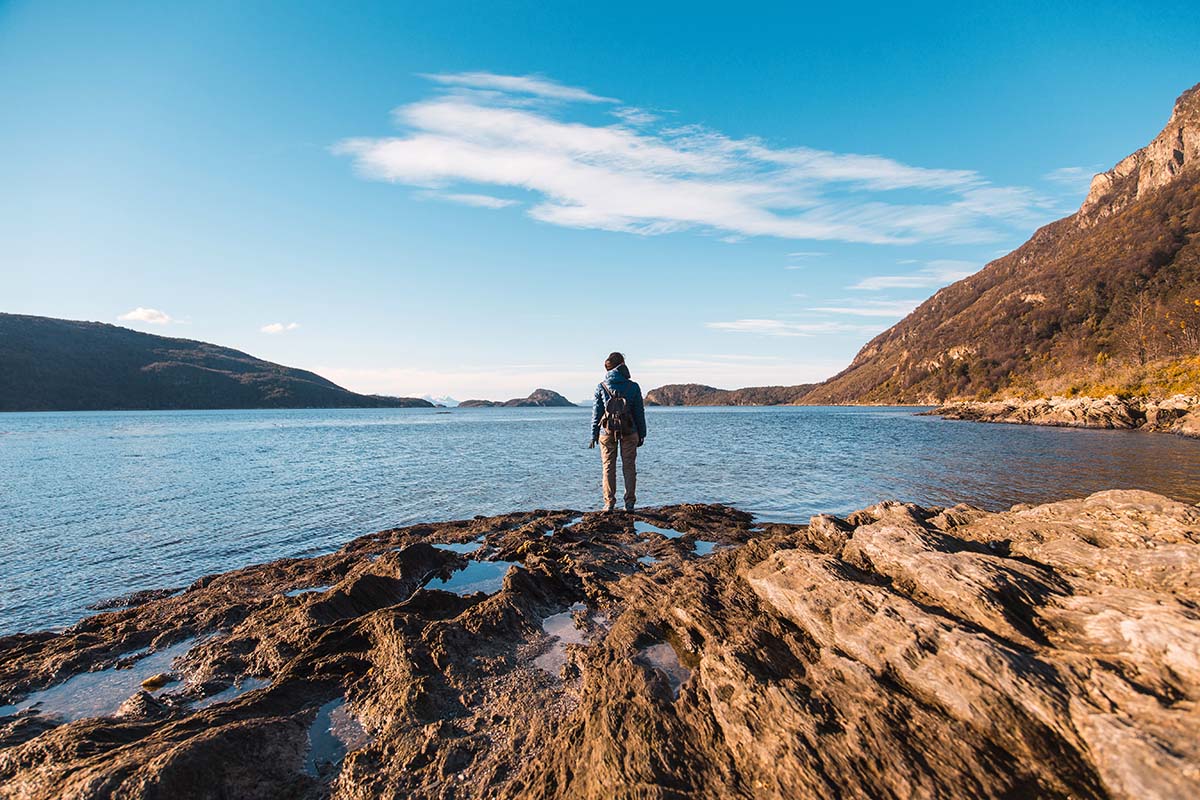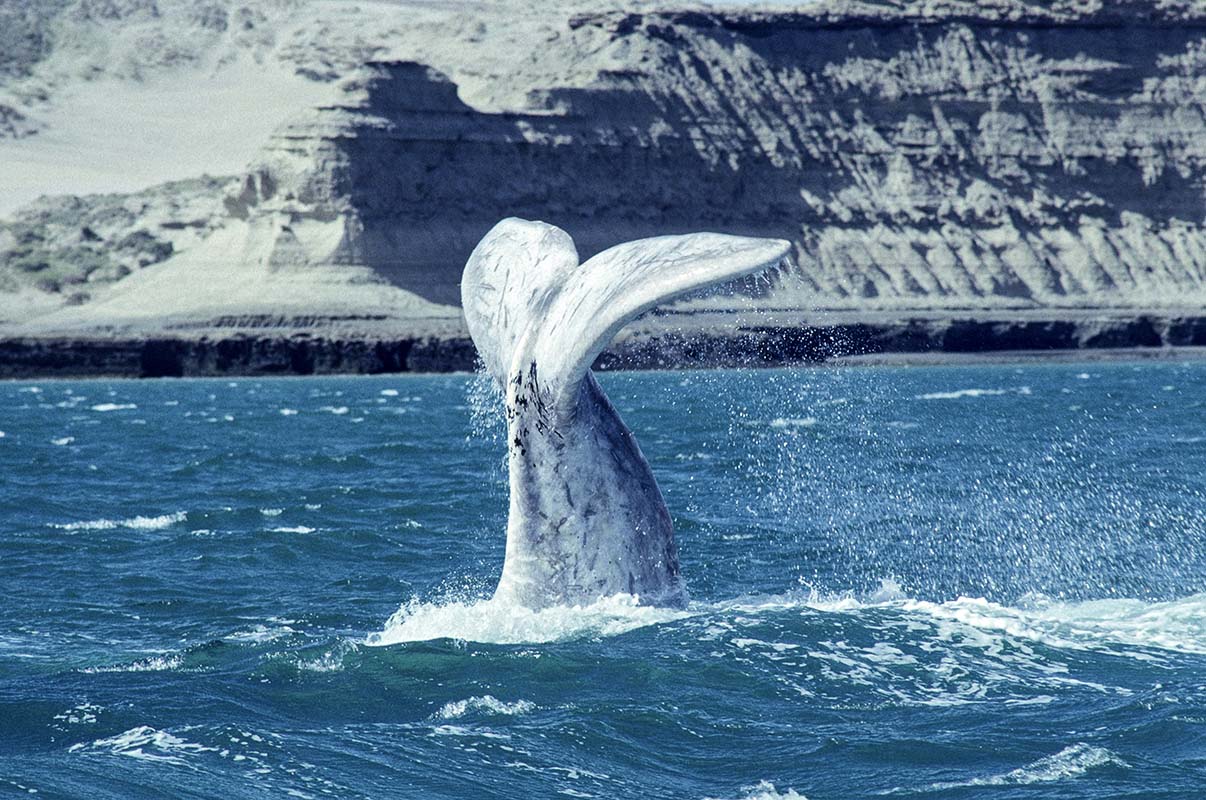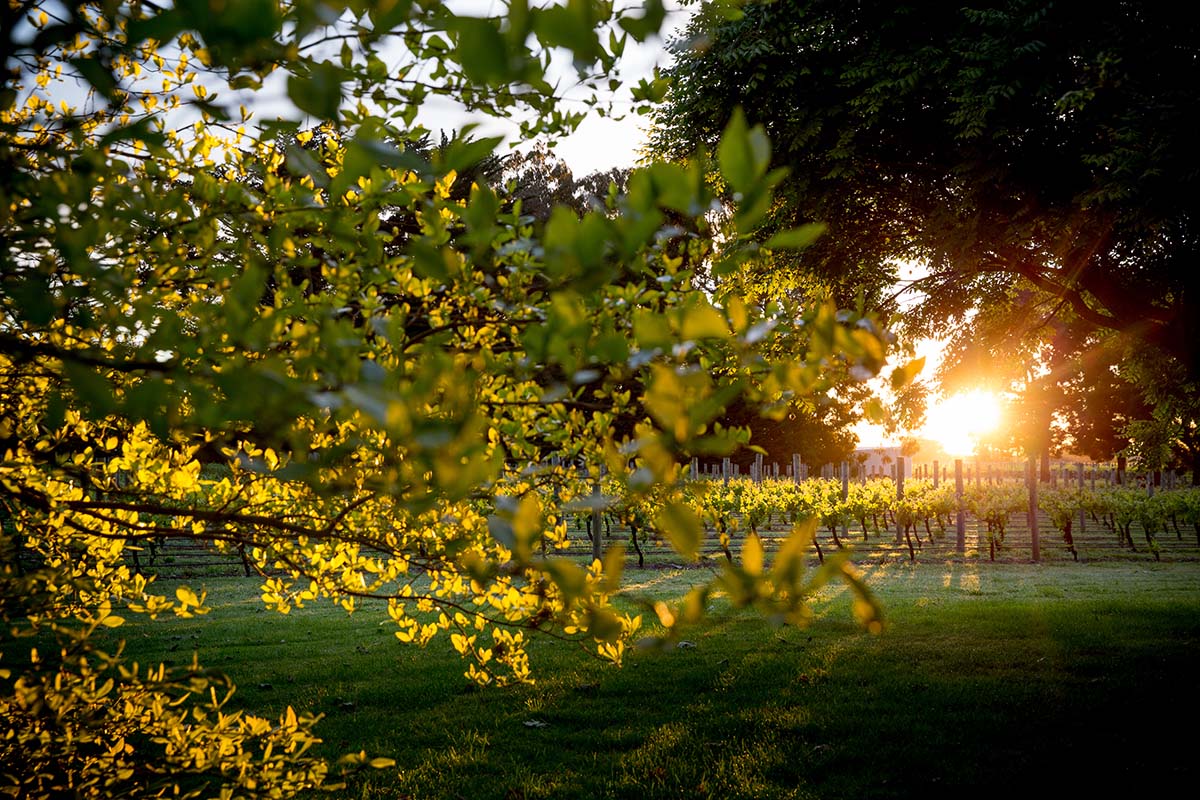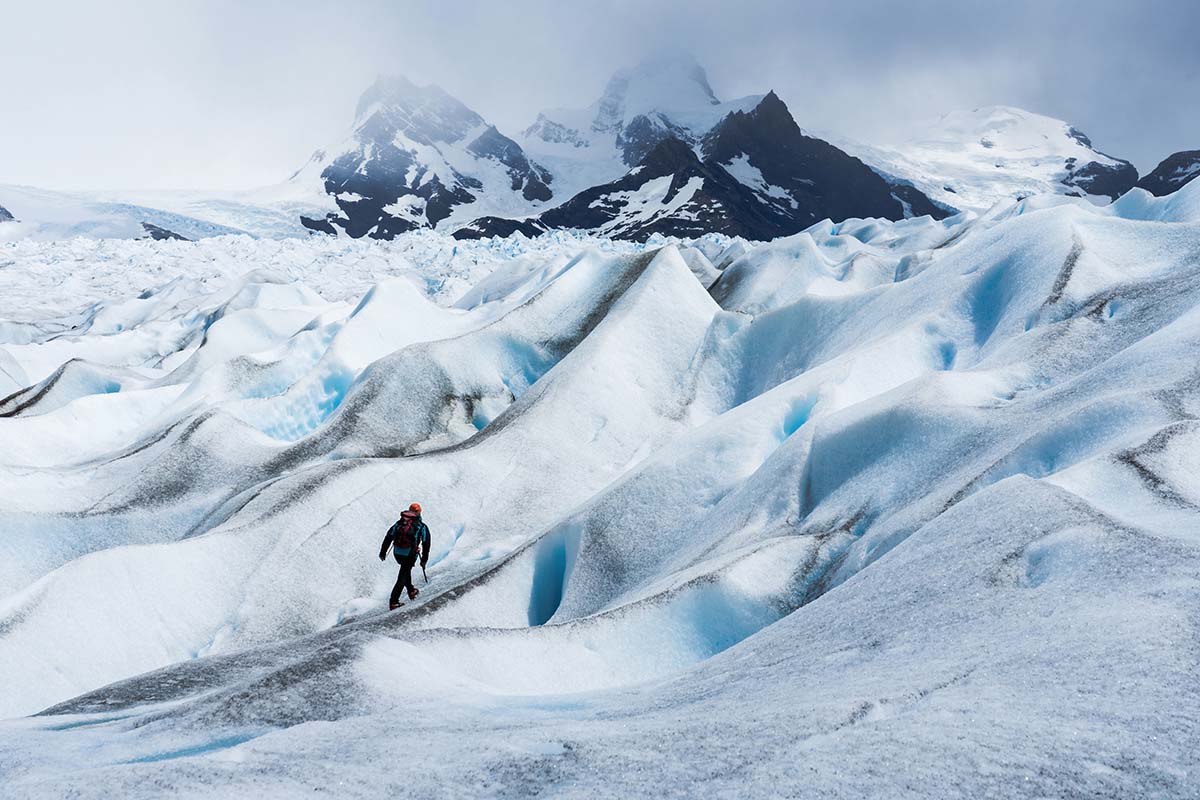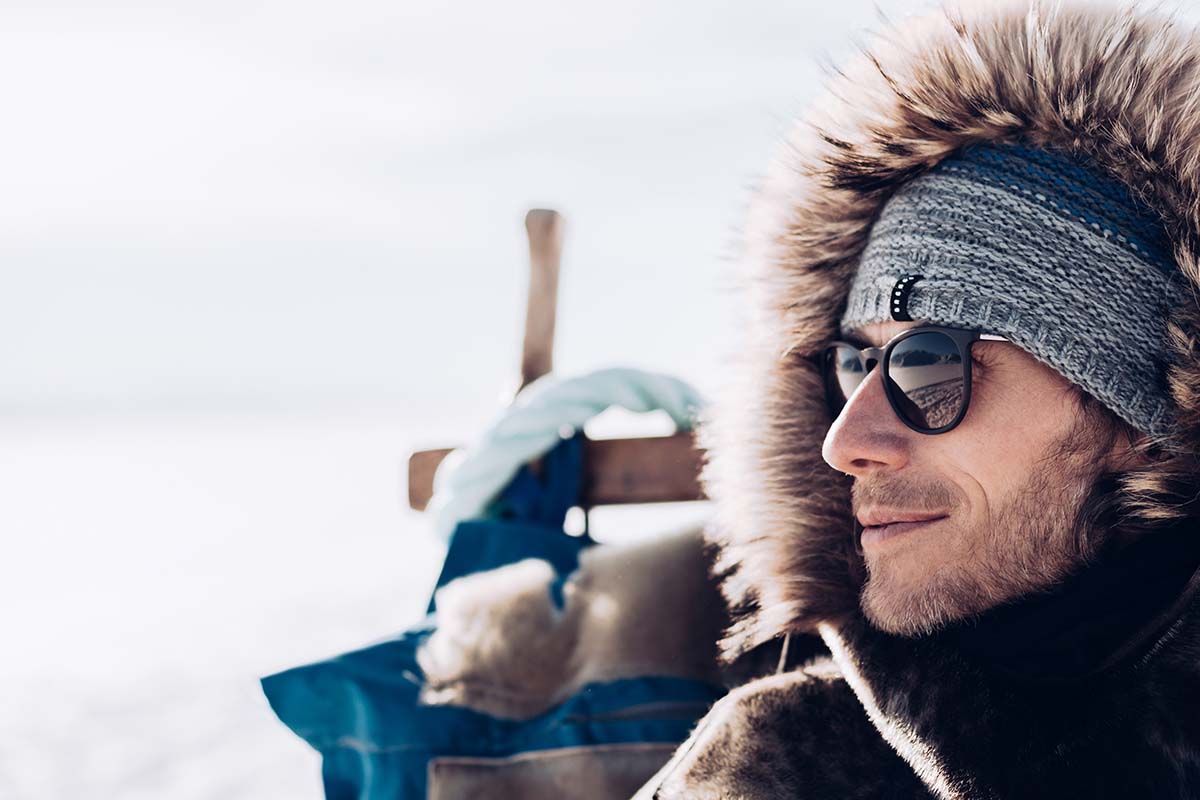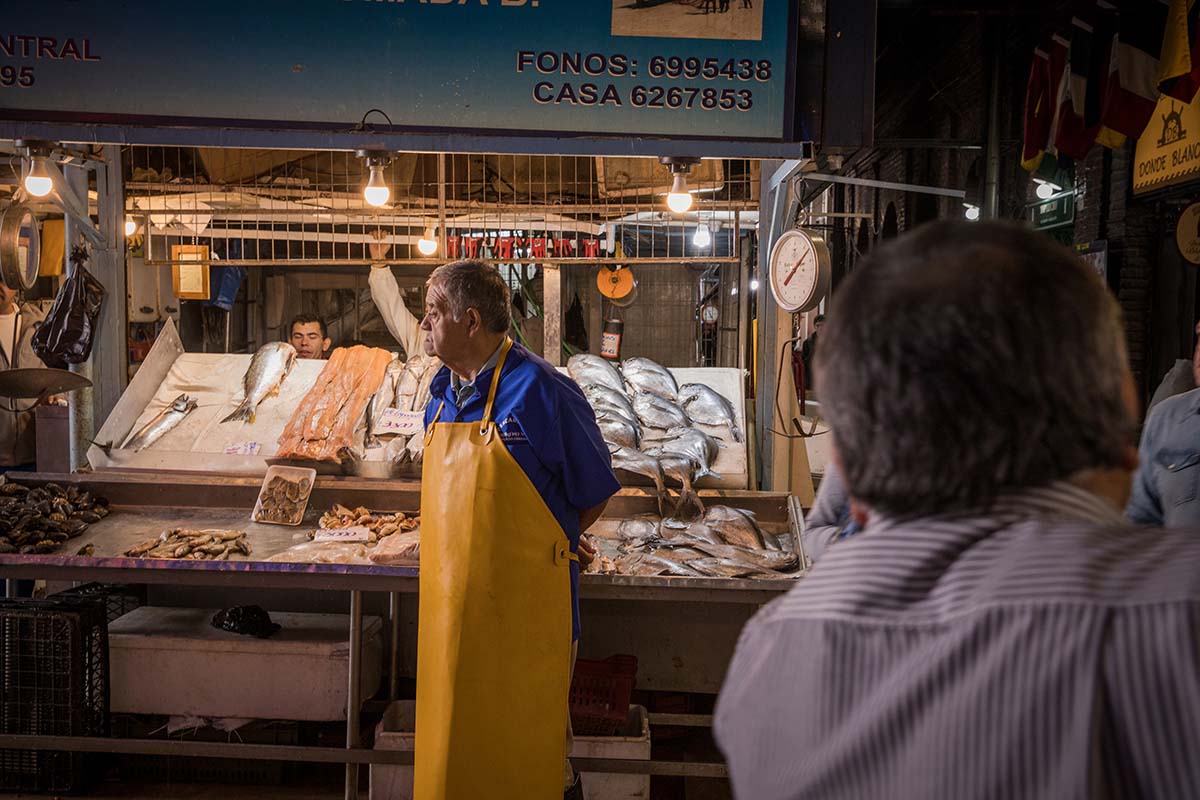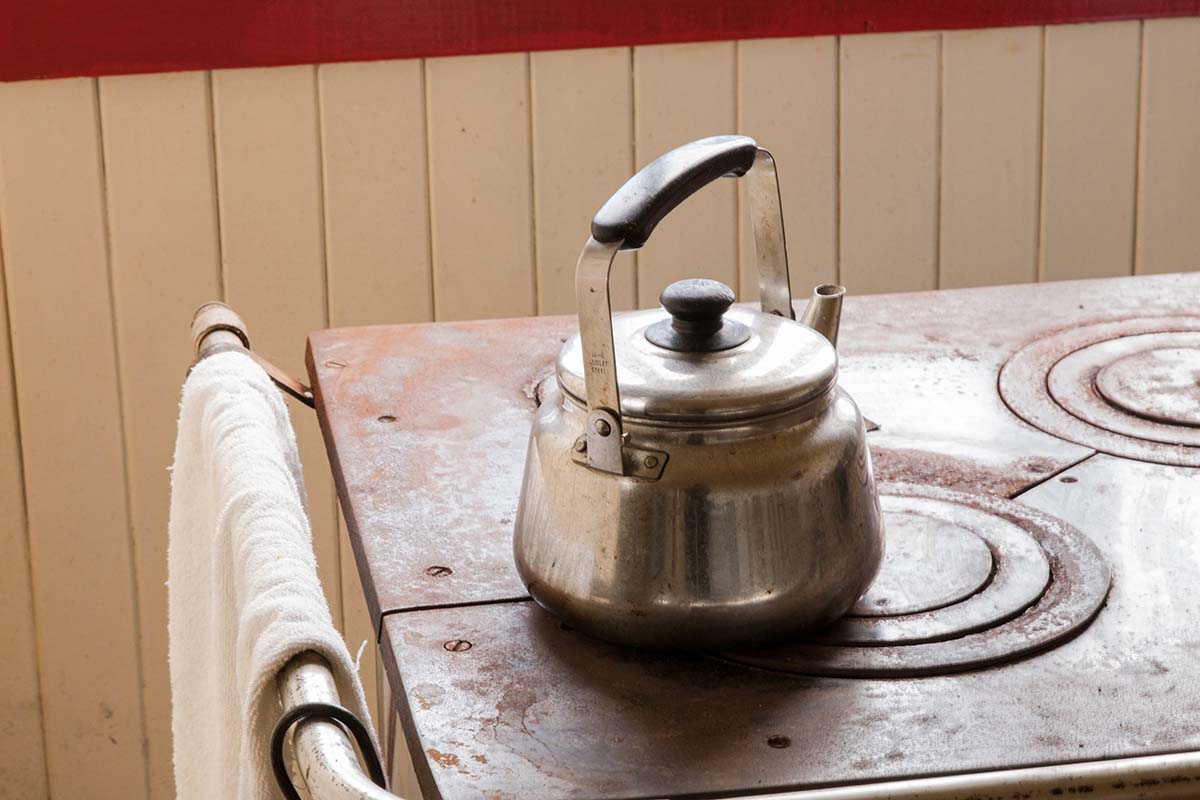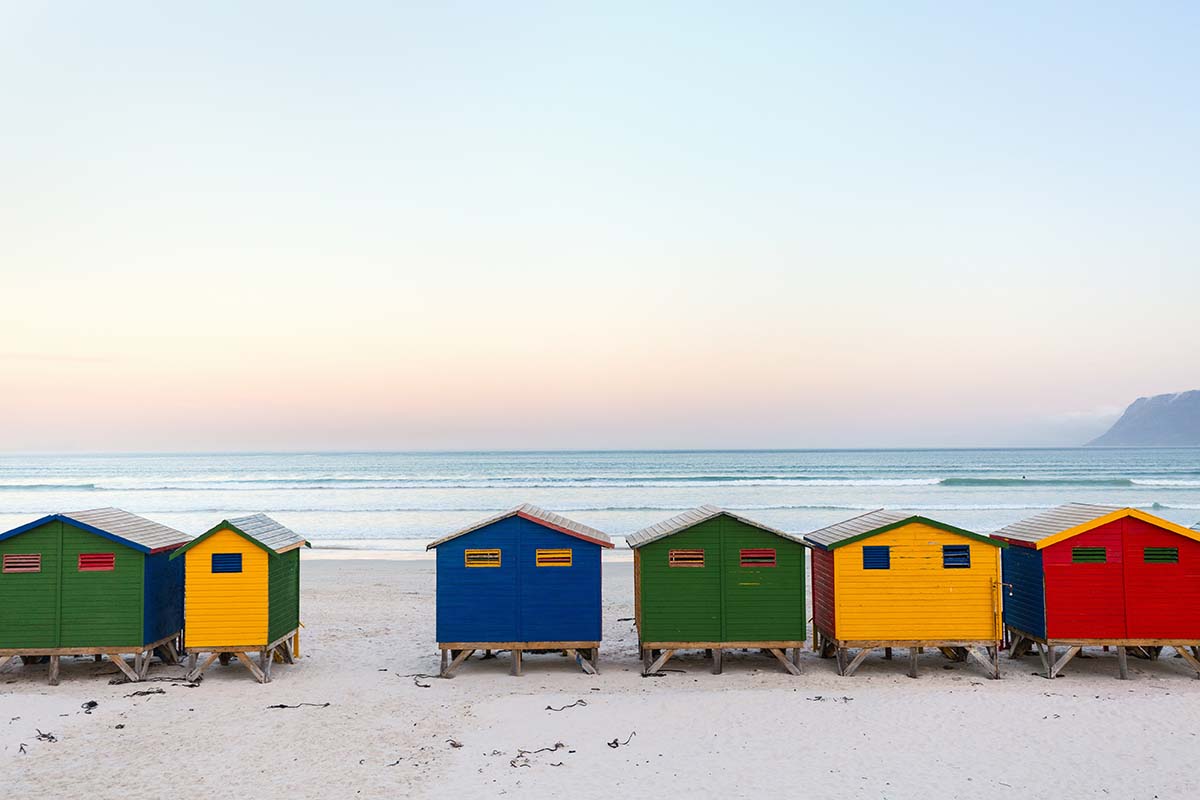What you can find in Antarctica that you won't find anywhere else?
Antarctica is one of the world's most iconic destinations, and an increasingly popular one, too. It seems that barely a year goes by without Sir David Attenborough toying with our emotions as he narrates a documentary featuring Antarctica's residents from penguins to seals or colossal squid (delete as appropriate), and with more and more ways to see the so-called white continent you can now see for yourself how these hardiest of species survive in their starkly beautiful habitat. If you want to extend your time in this fascinating part of the world, then we can also weave in tailor-made visits to the South Shetland Islands, South Georgia or the Falkland Islands, which are often just as rewarding.
What is the best option for an Antarctica holiday?
Almost everyone who sets foot on Antarctica does so as part of a cruise, departing from Punta Arenas in Chile. We have the inside track on the most luxurious small-ship trips around, as well as souped-up research vessels, strengthened and with added stabilisation for extra comfort during the occasionally choppy crossing of the Drake Passage. For obvious reasons, cruises take place under the midnight sun skies of November to March, when the icecaps start to melt and the Antarctic wildlife comes out to play. For those who don't fancy the idea of crossing the Drake Passage (understandable), or who really want to blow the budget out of the water, we can arrange fly-in and fly-out trips, including a sojourn to the only permanent luxury lodge on the white continent. It is also possible to fly from Chile to Antarctica and join a cruise from there. The truly hardcore can even ski the last (nautical) degree to the South Pole, putting them in a very exclusive club of people who have reached the southernmost point on the planet under their own steam.
Whether onboard a ship navigating between fjords and passing icebergs, or on land travelling across the continent by ice plane and helicopter, visitors can expect to encounter wildlife including elephant seals; sea lions; Weddell, crab-eater and leopard seals; gentoo, chinstrap and Adelie penguins; and a variety of seabirds including the ocean-going albatrosses, storm petrels, skuas and Antarctic terns. Orcas, humpback and minke whales are also occasionally spotted at close range. The teams on board ship or on the ground (so to speak) include guides and lecturers who are specialists in the fields of wildlife, geology and the epic history of Antarctica's exploration by the likes of Amundsen, Shackleton and Scott.







